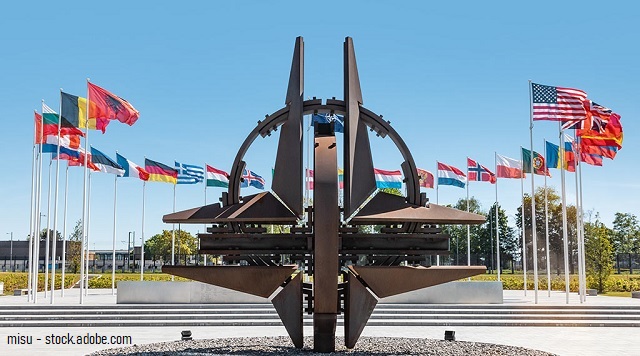US and NATO Lack Capability To Supply A Long War

As weapons inventories dwindle, there’s little chance the West today can build a surge hardware-making capacity
The long and short of it is that, while the US and NATO can fight a short conflict, neither can support a long war because there’s insufficient equipment in the now-depleted inventory and the timelines to build replacement hardware are long.
Despite a history of having done so before, starting in 1939, there is little chance that the US today can put in place a surge capacity, or that it any longer knows how to do so if it is even feasible.
Based on those circumstances alone – and there are additional, compelling reasons – the US and NATO should be thinking about how to end the war in Ukraine rather than sticking with the declared policy of trying to bleed Russia.
Let’s start by looking back at a time when the United States did know how to plan for surge weapons-building capacity.
WW2 precedent
In 1939 the Roosevelt administration, with Congressional support, passed the Protective Mobilization Act. Ultimately this would lead to the creation of a War Production Board, the Office of Production Management and the marshaling of US industry to fight the Nazis and Japanese
In 1941 the President declared an unlimited national emergency, giving the administration the power to shift industrial production to military requirements. Between 1940 and 1945, the US supplied almost two-thirds of all war supplies to the allies (including the USSR and China) and for US forces – producing some 297,000 aircraft, 193,000 artillery pieces (all types) and 86,000 tanks (light, medium and heavy).
Russia faced an altogether more difficult challenge because after Nazi Germany attacked the USSR in June 1941 much of Russia’s defense industrial infrastructure was threatened. Russia evacuated 1,500 factories either to the Ural Mountains or to Soviet Central Asia. Even Lenin’s body was moved from Moscow to Tyumen, 2,500 km from Moscow.
Notably, Stalin Tank Factory 183 would be moved from Kharkiv, now a contested city in the Ukraine war, to the Urals, rebranded as Uralvagonzavod and situated in Nizhny Tagil. The facility had been a railroad car maker, so it was suitable for tank manufacturing. The tank factory relocation was managed by Isaac Zaltzman.
Originally published by Asia Times
AUTHOR
Stephen Bryen
EDITORS NOTE: This Center for Security Policy column is republished with permission. ©All rights reserved.


Leave a Reply
Want to join the discussion?Feel free to contribute!